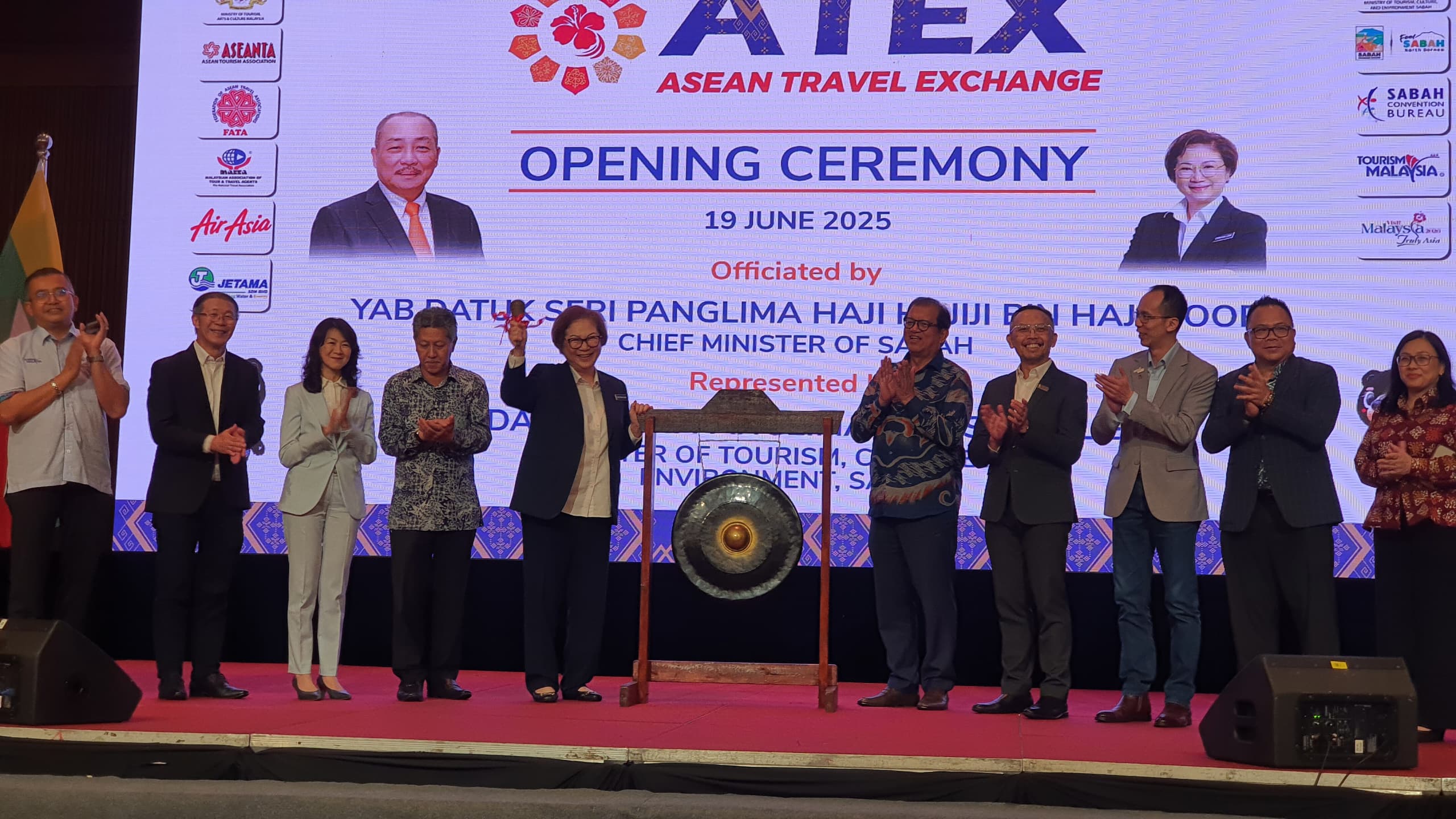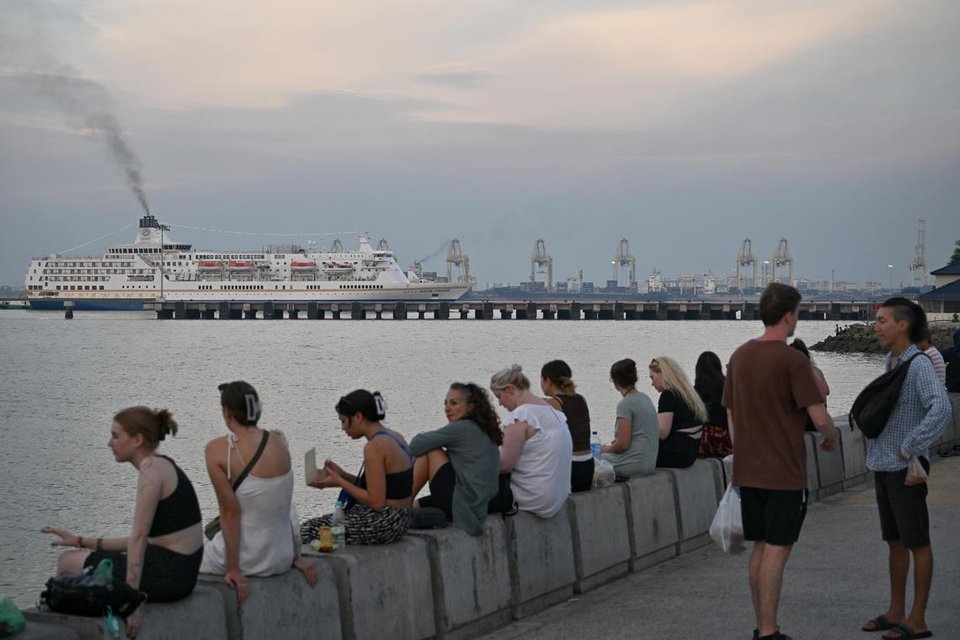KUALA LUMPUR — Malaysia is fast becoming a destination of choice for tourists, with a bold new plan to attract 7 million Chinese visitors annually by 2026. The strategy leverages the explosive rise driven by its visa-free travel and variety of packages specially marketed to Chinese visitors.
According to Aaron Gan Chai Heng, Director of Tourism Malaysia Shanghai, this ambitious target is poised to be the key to Malaysia achieving its broader vision of welcoming 35.6 million foreign visitors.
To this end, Malaysia will raise the number of direct flights from different Chinese cities and further develop multi-destination routes with Malaysia, Singapore, and Thailand. “Direct flight expansion plans are in the pipeline this year, although the decisions would be pending negotiations with airports and airlines in both countries,” Gan explained.
In addition, Malaysia is considering introducing seasonal charter flights from second-tier cities in China to new destinations along the east coast of Peninsular Malaysia. These would complement existing charter operations to established destinations like Semporna and Langkawi.
Tourism Malaysia will also step up its promotions in China and tie up with major Chinese online travel agencies to offer special tourism packages that are conducive to drawing Chinese tourists.
The new boost follows the initial implementation of the mutual visa-free policy in December 2023 between Malaysia and China. The exemption period has been extended to December 2024 by China, while Malaysia will also continue to offer visa-free access to Chinese tourists until the end of December 2025, according to a joint statement released by the two governments.
In the initial year of the visa-free policy, Malaysia welcomed some 4 million Chinese visitors — a number marking the strong rebound in tourism. Malaysia Transport Minister Loke Siew Fook stated that given its strategic location, Malaysia may serve as a significant gateway for Chinese travellers heading to Southeast Asia, specifically Indonesia, Singapore, and Thailand.
Gan, director of Tourism Malaysia, said the Chinese visitors had grown 190 per cent through mid-2024 from the previous year. He attributed this to the visa-free policy, the auto-gate entry of Chinese nationals at Kuala Lumpur International Airport, and increased expenditure on travelling, with the Chinese spending an average of 6,000 yuan (US$820) per trip — higher than the average foreign visitor spend. This is a shift towards luxury and customized travel experience,” he added.
China’s tourism industry has taken heed. Li Mengran, marketing manager at Beijing-based travel agency Utour, attested that Malaysia has become one of the top picks among Chinese outbound tourists, thanks in part to the convenience of visa-free travel.
For cultural enthusiasts, Malaysia offers experiential heritage activities ranging from Kuala Lumpur city tours to historical theatre performances at Encore Melaka Theatre, vintage tram rides, and hands-on Peranakan culture workshops,” said Li.
Island vacations are still a favourite among Chinese tourists, particularly such destinations as Sipadan for diving and Redang Island, which was boosted by the popularity of the Chinese film Summer Holiday. “Island-hopping packages, which combine scenic resort stays with activities like snorkelling and sea kayaking, are highly sought after, particularly by younger, social media-influenced travellers,” Li said.
Utour indicates that over 80 per cent of its customers 40 years and younger have chosen island vacations to destinations such as Sabah and Semporna. “Most tourists initially tour the cities and then return for the islands, indicating Malaysia’s strong repeat-visit appeal,” she added.
In a move to further cultivate the traveling experience, Tourism Malaysia is presently deploying additional Mandarin-speaking services and broader mobile payment service accessibility via platforms like Alipay and WeChat Pay.
“These are meant not only to augment the numbers of visitors but enhance the overall travel experience as well as Malaysia tourism expenditure,” Gan clarified.





